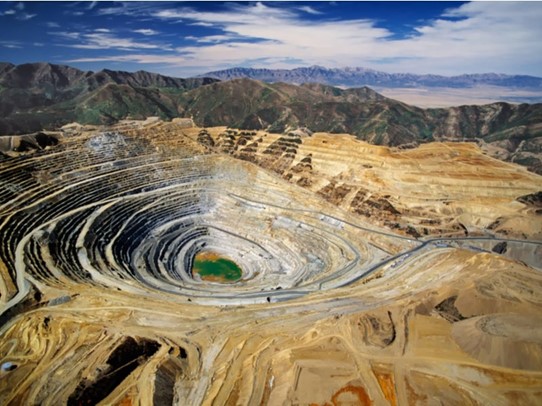
The World's Deepest Quarries Revealed
Delve into Earth's crucial quarries. Discover the world's top ten, their awe-inspiring depths, and their vital role in shaping our modern world.
Quarries Explored: Peering into the World's Top 10 Deepest
A quarry is a place where extensive digging takes place to extract valuable minerals or materials from the Earth's surface. These quarries hold immense significance as they provide essential resources for construction, infrastructure, and various industries worldwide.
In this article, we will explore the ten deepest quarries on the planet, discovering their awe-inspiring depths and learning about their vital role in shaping our modern world.
1. Bingham Canyon, USA (Depth: 1200 m)
Bingham Canyon is a gigantic open-pit copper mine located in Utah, USA. It's often called the "Bingham Canyon Mine" or the "Kennecott Copper Mine." This massive quarry is over 2.5 miles wide and half a mile deep, making it the deepest quarry on Earth.
Gigantic trucks carry tons of ore from the mine, which is then processed to extract copper, gold, and other valuable minerals. Bingham Canyon has played a significant role in supplying metals for various industries and has become an impressive landmark in the mining world.
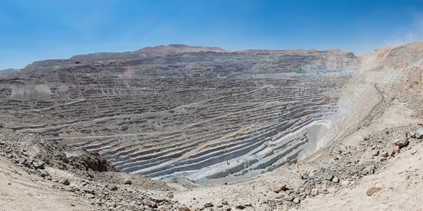
2. Chuquicamata, Chile (Depth: 850 m)
The Chuquicamata copper mine, also called the Chuki open pit, has been mining copper for more than 100 years. It's owned by Codelco, a government-owned company in Chile. Right now, they're studying if they can start mining underground at the Chukikamata site.
There are about 1.7 billion tonnes of ore underneath the current open pit, with 0.7% copper in it. Building the underground mine could cost more than $4 billion. They're figuring out if it's possible and if it makes financial sense.
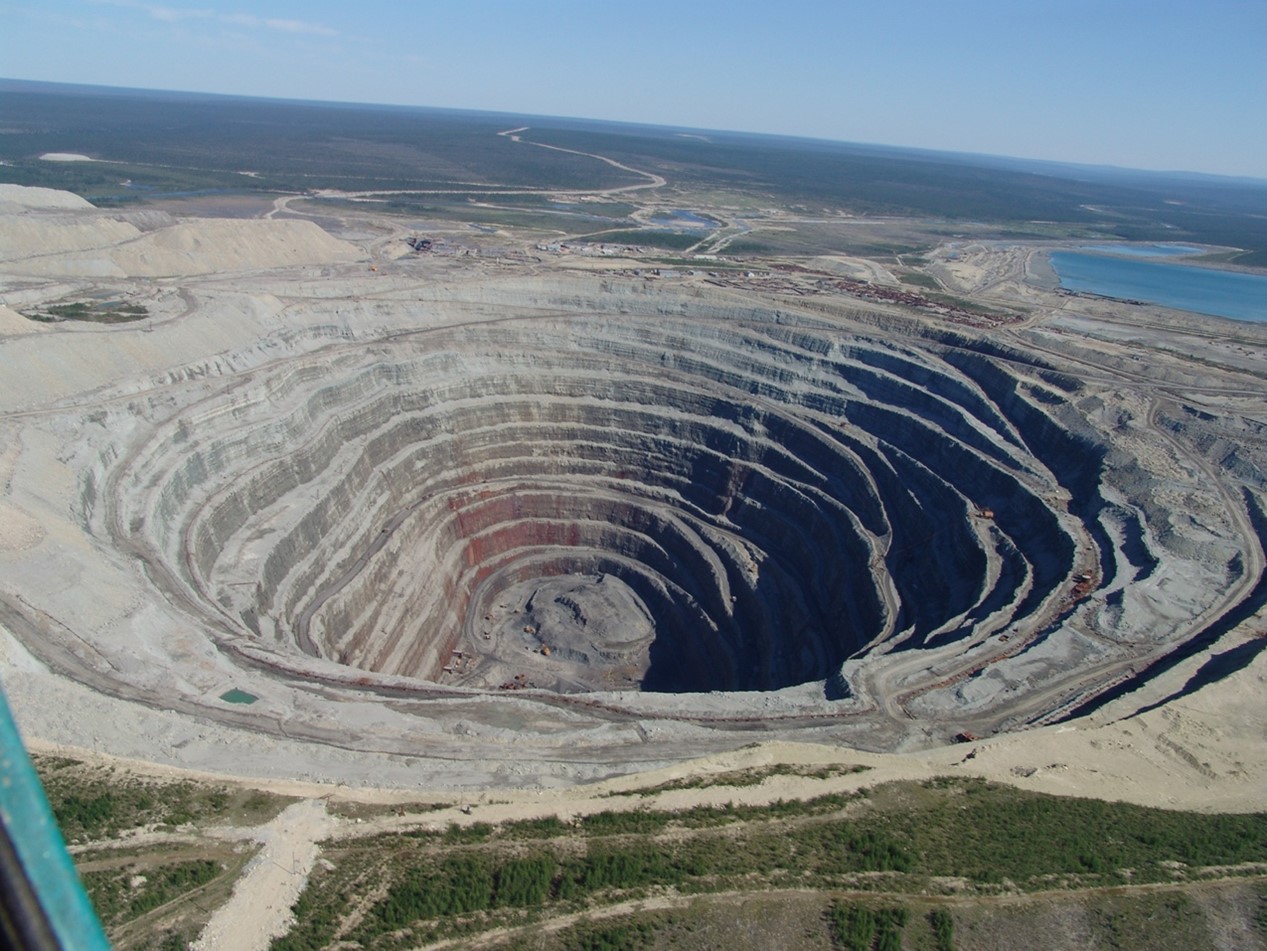
3. Udachny, Russia (Depth: 630 m)
Located in Siberia, the diamond mine has been a major source of diamonds since the latter half of the previous century.
It is owned by ALROSA, a Russian state-owned company. In its prime, the mine used to extract a staggering ten million carats of diamonds annually, contributing significantly to the global diamond industry.
Its rich diamond deposits and strategic ownership have made it a prominent player in the global diamond market, attracting attention from various stakeholders
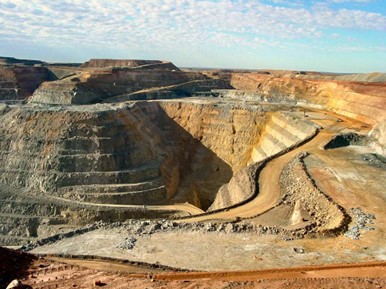
4. Fimiston, Australia (Depth: about 600 m)
Fimiston, located in Australia, is home to the Super Pit, one of the largest open-pit gold quarries in the world. It's an impressive sight, with massive trucks and machinery digging out gold-bearing ore from a gigantic hole in the ground.
The mine is operated by a company called Kalgoorlie Consolidated Gold Mines (KCGM). Fimiston has a rich history of gold mining, and it continues to be a significant contributor to Australia's gold production.
The Super Pit's sheer size and the extraction of precious gold make it an iconic landmark in the mining industry.
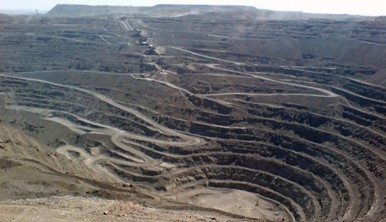
5. Muruntau, Uzbekistan (Depth: 600 m)
Muruntau is one of the biggest open-pit gold mines globally and the fifth deepest. It was established in 1958 and started mining operations in 1967. The mine is owned by the Navoi Mining and Metallurgical Combine.
Currently, the pit is 650 meters deep, and future plans involve transitioning to underground mining. Muruntau is renowned for its impressive production capacity, producing around 2 million ounces of gold annually.
The average ore grade at the mine is 2.4 grams per ton, making it a significant source of gold.
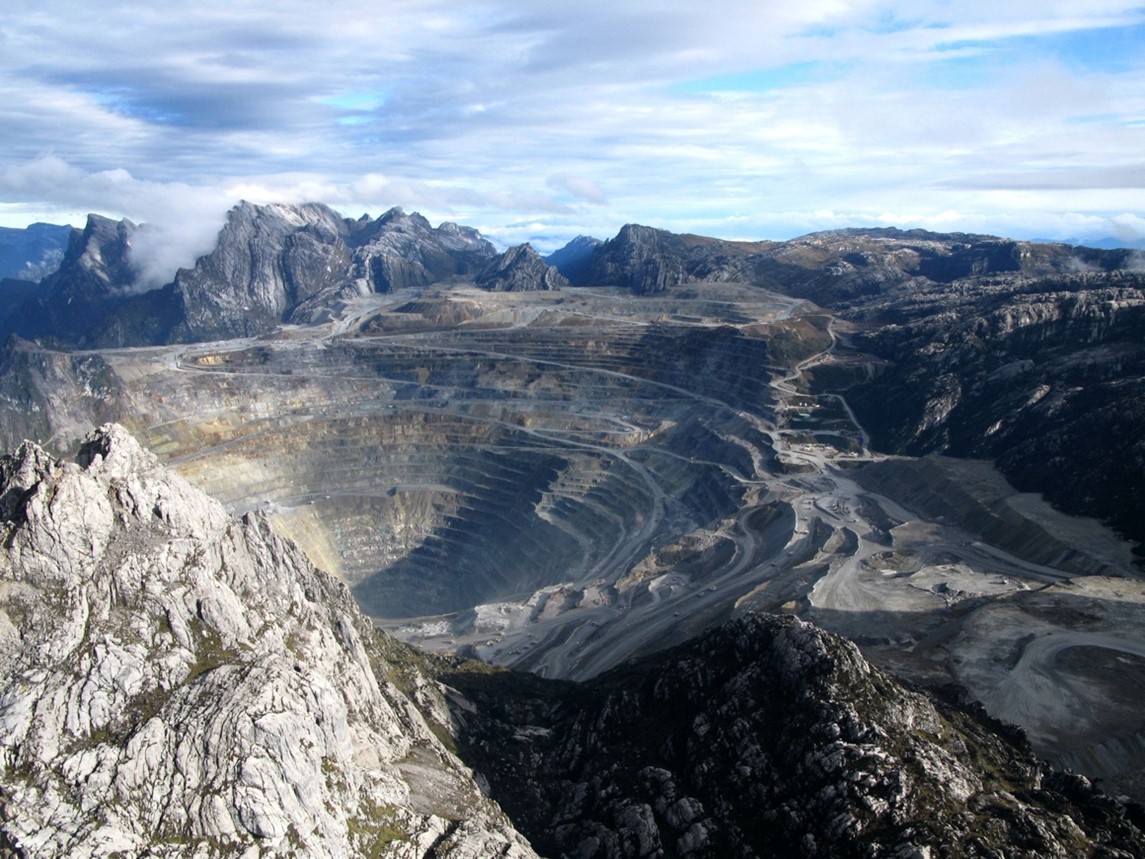
6. Grasberg, Indonesia (Depth: 550 m)
Grasberg, located in Indonesia, is a renowned gold and copper mine. It is considered one of the largest gold mines and the second-largest copper mine in the world. Operated by Freeport-McMoRan, Grasberg has vast reserves of precious metals.
The mine's unique feature is that it is both an open-pit and an underground mine. It has played a crucial role in Indonesia's economy, providing jobs and contributing to the country's mineral exports.
Grasberg's impressive production of gold and copper has made it a significant player in the global mining industry.
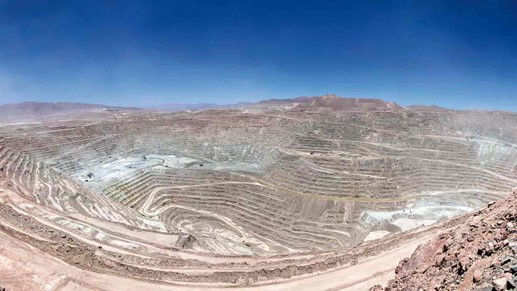
7. Escondida, Chile (Depth: 525 m)
Nestled in the Atacama Desert, the Escondida Copper Mine stands as a mining marvel. It comprises two quarries: Escondida and Escondida Norte. Recognized as the largest copper mine globally, it contributes around 5% of the world's annual copper production.
The sheer magnitude of this operation is astounding. Escondida boasts copper reserves estimated at over 32.6 million tons, highlighting its significant role in meeting global copper demands. The mine's strategic location and immense reserves cement its status as a vital player in the copper mining industry.
8. Nanfen, China (Depth: 500 m)
Owned and operated by Benxi Iron and Steel Corporation (Benxi Steel), the open-pit iron mine is an impressive industrial site. However, as the pit depth gradually increased, maintaining the stability of the mine slopes posed a challenge.
In 2011, a decision was made to transition to underground mining to address this concern. This shift in mining method reflects the continuous efforts to ensure the safety and sustainability of the operation.
The foresight and adaptability of Benxi Steel demonstrate their commitment to overcoming challenges and maintaining the productivity of the iron mine.
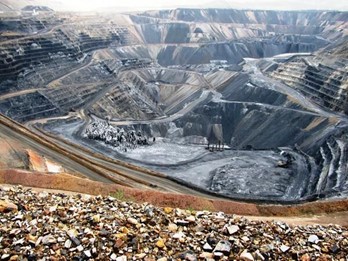
9. Betze Post, USA (Depth: over 500 m)
Situated within the Barrick Gold Goldstrike facility, located in Carlin Trend, Nevada, USA, this mine is a remarkable contributor to the gold industry. Ranking as the eighth deepest open pit mine globally, its impressive scale stretches about 2.2 kilometers in length and 1.5 kilometers in width.
The mining operations utilize massive electric excavators, a testament to the advanced machinery employed for open pit mining. The mine's strategic location and substantial size make it a vital asset in the pursuit of extracting valuable gold resources.
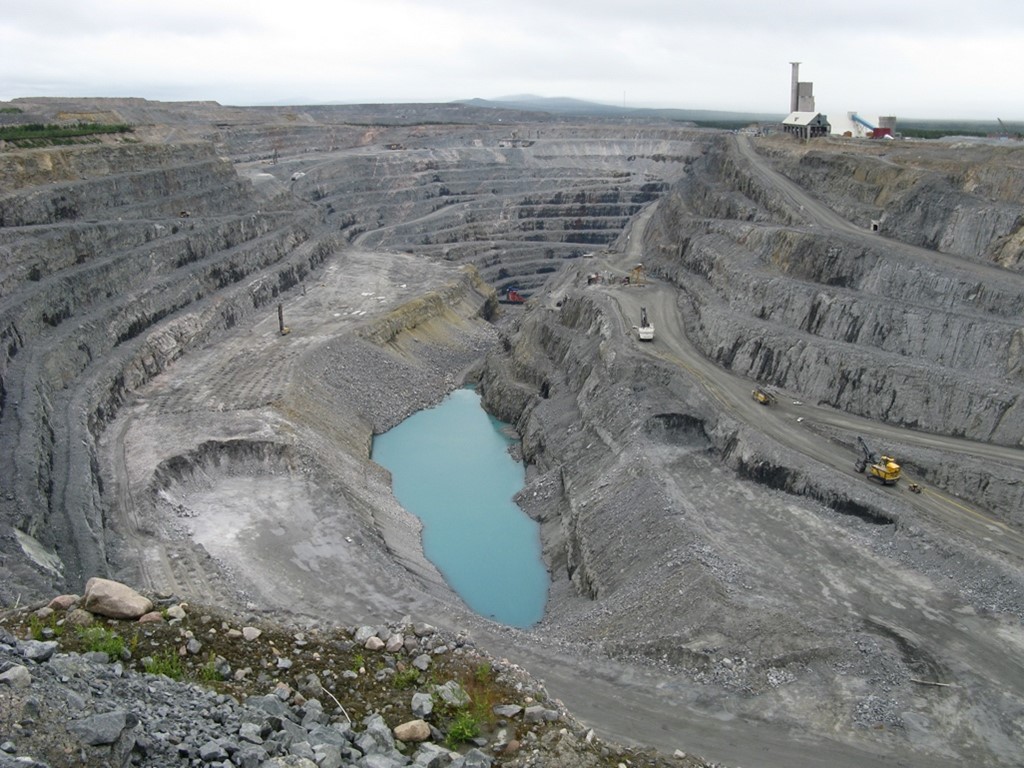
10. Aitik, Sweden (Depth: 430 m)
Nestled approximately 60 kilometers north of the Arctic Circle in northern Sweden, the Aitik quarry is an impressive mining site. Plummeting to a depth of 430 meters, it stands as a testament to human engineering.
Aitik holds the distinction of being Sweden's largest copper mine, boasting the extraction of not only copper but also silver and gold. Discovered in 1930, mining operations commenced in 1968, initially yielding a modest 2 million tons of copper ore annually.
The growth and significance of Aitik over the years demonstrate its vital role in Sweden's mineral production.
Final Takeaways
The world's ten deepest quarries represent an incredible human achievement. These quarries have made it possible to obtain construction materials and other precious manufacturing materials for various industries.
Thanks to the efforts of quarry companies and suppliers in Malaysia and around the world, Earth's riches are discovered and transported to Malaysia, contributing to the advancement and progress of the country.
